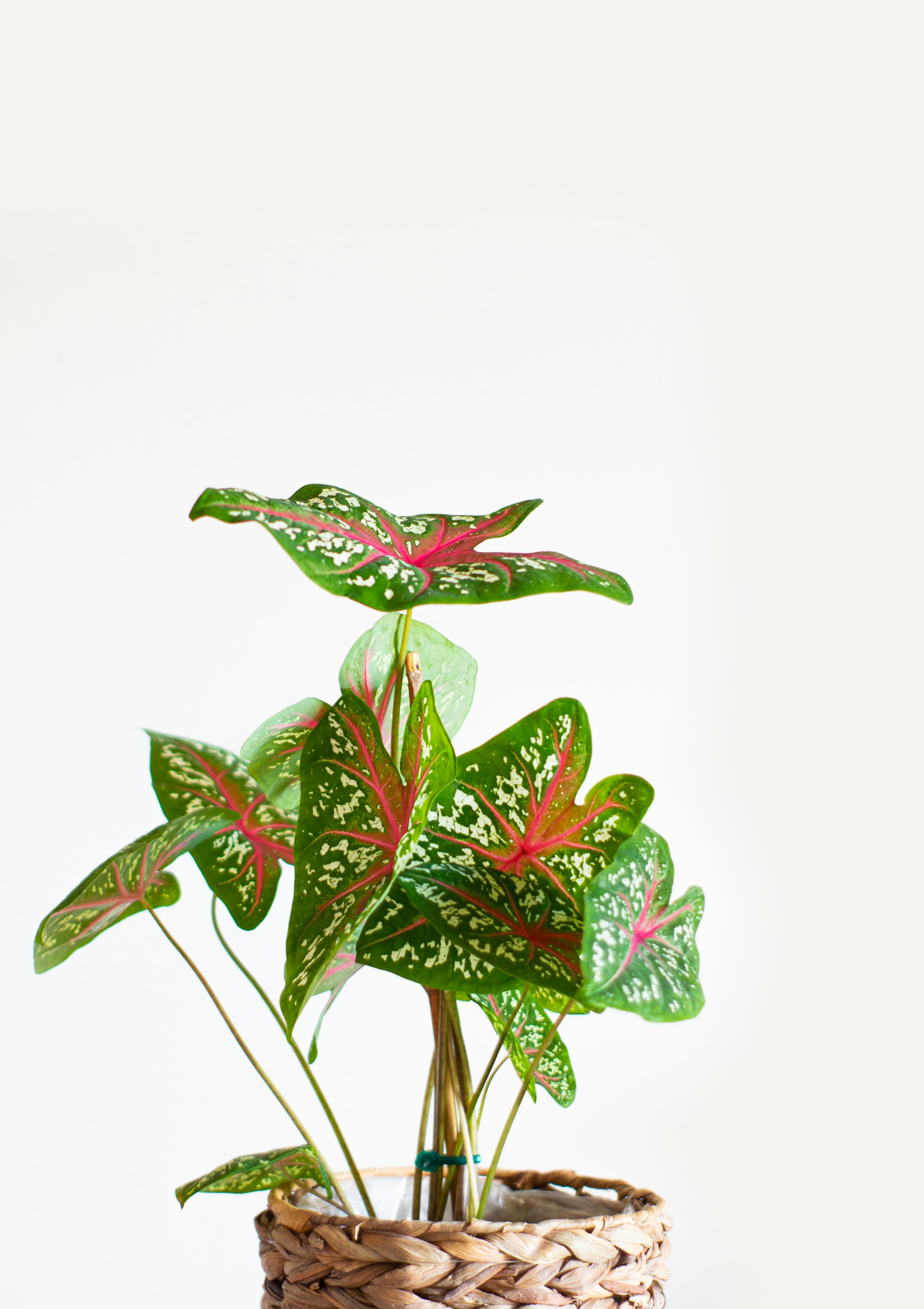How to Grow Arrowhead Plant
The arrowhead plant, also known as Syngonium podophyllum, arrowhead vine, or five fingers, is a popular houseplant known for its unique arrowhead-shaped leaves. These versatile plants can be grown in various settings, from hanging baskets to mixed pot plantings.

Table of Contents
To successfully grow an arrowhead plant, you must provide optimal lighting, water, and temperature conditions.
They prefer bright indirect light but can adapt to low light and should be watered when around 50%-75% of the soil is dry.
With the proper care, your arrowhead plant will be an eye-catching addition to your indoor garden.
About Arrowhead Plant
Arrowhead plants, also known as nephthytis, American evergreen, or five fingers, are native to Central and South America, including Mexico.
These plants are known for their unique arrow-like leaf shape, making them popular houseplants.
They are easy to grow and do well in low to medium light conditions, requiring only moderate light, occasional watering, and moist soil to thrive.
You'll want to ensure your arrowhead vine is planted in well-draining potting soil, as these plants are prone to root rot.
Growing Arrowhead
Potting
Select a pot with drainage holes to prevent root rot when planting your Arrowhead Plant. If your plant has aerial roots, consider attaching them to a support like a moss pole or letting them climb on a nearby surface for stability.
Soil and Fertilizer
For an Arrowhead Plant, choose a well-draining potting soil, as these plants are susceptible to root rot. Orchid bark can also be added to improve soil drainage.
You can use a balanced houseplant fertilizer to provide additional nutrients for your plant. Fertilize monthly during the growing season to ensure optimal growth.
Repotting
To keep your plant healthy, repot it every two to three years or when it outgrows its current container.
When repotting, gently remove the plant from its old pot and remove any damaged roots.
Place your plant in the new pot with fresh potting soil, and water it to help establish its roots in its new home.

Caring for Arrowhead Plant
Sun and Temperature
Your Arrowhead Plant thrives in bright, indirect light. Place it away from direct sun exposure, ideally where the temperature ranges from 65-80°F during the day and above 60°F at night.
Water and Humidity
Water your Arrowhead Plant when the top inch of the soil feels dry, ensuring proper drainage to prevent root rot.
Maintain higher humidity levels for optimal growth by misting the plant daily or placing its container on a tray filled with pebbles and water.
Pruning and Propagation
Keep your Arrowhead Plant tidy by removing any yellow or damaged leaves.
To propagate, place stem cuttings in water or soil to encourage new root growth.
Troubleshooting Plant Problems
Growing Problems
Arrowhead plants may experience yellow leaves or stunted growth due to improper watering or inadequate light.
Water the plant once or twice a week, allowing excess water to drain, and place it in a low to medium-light area.
Fertilizing your plant may also be necessary if it isn't growing with proper care; use a general-purpose houseplant fertilizer.
To prevent root rot or other issues with the soil, repot the plant with fresh soil if needed, ensuring that you use a well-draining potting mix.
Arrowhead plants thrive in temperatures between 65 and 75 degrees Fahrenheit and prefer moderate to high humidity.
Pests and Diseases
Look for common pests such as spider mites, mealybugs, scale, and aphids, which may infest your arrowhead plant.
Spider mites may leave delicate webs between stems and leaves, while mealybugs and scale often produce a sticky, sap-like substance.
In case of an infestation, try using natural solutions like neem oil or insecticidal soap to combat these pests.
For diseases like powdery mildew, ensure your plant has good air circulation and avoid over-watering to prevent fungal growth.
Always maintain proper care conditions to minimize the risk of pests and diseases.
Conclusion
Arrowhead plants are relatively easy to grow, requiring moderate light and occasional watering.
To meet their care requirements, maintain moist soil and provide a temperature range of 65-80°F during the day and above 60°F at night.
Increase humidity by misting daily or using a pebble tray with water.
In terms of feeding, applying a liquid fertilizer monthly during the growing season will ensure healthy growth.
Keep them in bright light with partial shade, and remember to repot annually as they grow.
Frequently Asked Questions
How often should I water an arrowhead plant?
Arrowhead plants prefer a consistent watering schedule. Water your plant when the top inch of the soil becomes dry, as they like to stay moderately moist.
What type of soil is best for arrowhead plants?
Arrowhead plants thrive in well-draining potting soil. You can use a general-purpose potting mix for indoor plants or mix equal parts of peat moss, perlite, and potting soil.
What conditions do arrowhead plants thrive in?
Arrowhead plants need low to medium indoor light. Maintain a temperature range of 65 to 75 degrees Fahrenheit and moderate to high humidity for optimal growth.
How long does an arrowhead plant typically live?
Arrowhead plants can have a long lifespan when given proper care. They often live for several years and might require repotting and pruning as they grow.
Do arrowhead plants produce flowers?
Arrowhead plants can produce flowers, although they may not bloom often. The flowers are typically small, greenish-white, and infrequent when grown indoors.


